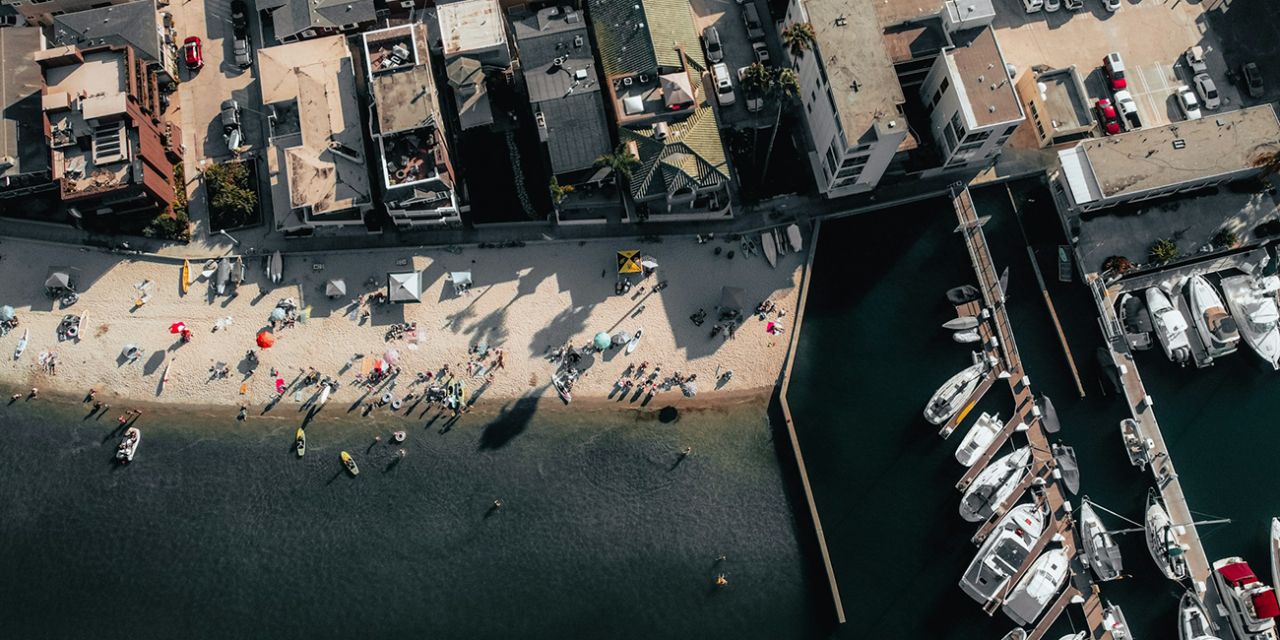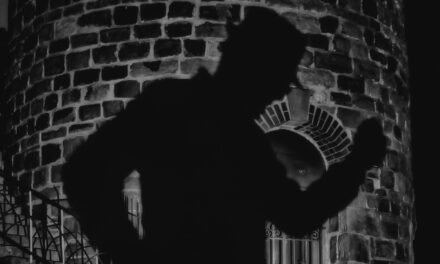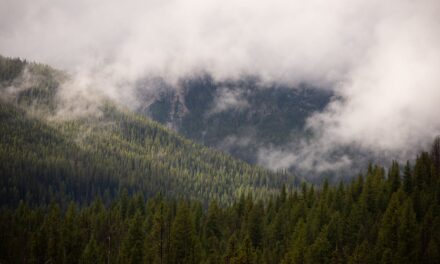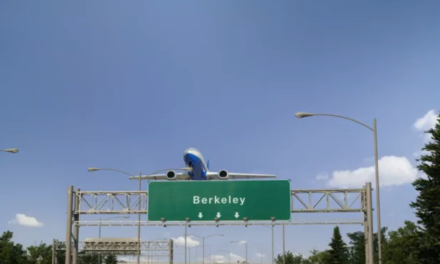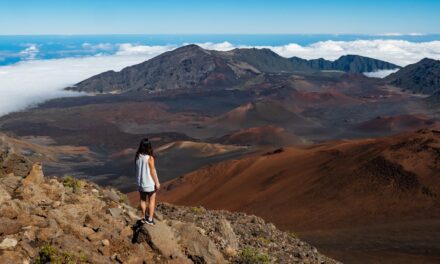Long Beach, California, is a city rich with a diverse and captivating history.
From its roots as a land inhabited by Native American tribes to today’s current status as a bustling urban center, Long Beach has continually evolved while maintaining its unique charm.
Table of Contents
The Indigenous and Spanish Eras: Foundations of Long Beach
Tongva Tribe and Early Settlement
Long before it became a well-known coastal city, Long Beach was inhabited by the Tongva people.
Their connection with the sea and land laid the groundwork for a rich cultural heritage.
- The Tongva people practiced sustainable fishing, hunting, and gathering.
- They developed complex societies with deep spiritual ties to their environment.
- The beginning of the Spanish explorers arriving in the 16th century marked the beginning of significant changes.
Spanish Exploration and Influence
In the 16th century, Spanish explorers arrived, setting the stage for a dramatic transformation.
Missions and settlements began to take shape, introducing new cultural and economic dynamics.
- Spanish missions aimed to convert the indigenous population and integrate them into colonial society.
- New agricultural practices and livestock were introduced, altering the local economy.
- The Spanish era laid the foundation for future development in the region.
The American Integration: Long Beach Takes Shape
Early Development and Incorporation
As the 19th century progressed, Long Beach began to carve out its identity within the burgeoning American landscape.
Officially incorporated in 1897, the city quickly transitioned from a seaside resort to a bustling industrial hub.
- The mild climate and inviting beaches initially attracted tourists and health-seekers.
- The establishment of the Pacific Electric Railway bolstered growth and accessibility.
- Long Beach became a sought-after destination for both vacationers and permanent residents.
Urban Growth and Infrastructure
The early 20th century saw rapid urban development as Long Beach expanded its infrastructure to accommodate a growing population.
- New housing developments, schools, and businesses emerged to support the city’s growth.
- The strategic location and transportation networks facilitated trade and commerce.
- Long Beach’s transformation set the stage for its future as a significant urban center.
The Roaring Twenties: Oil Boom and Urban Growth
Discovery of Oil on Signal Hill
The discovery and findings of oil on Signal Hill in 1921 turned Long Beach into an instant boomtown, reshaping its economy and landscape.
- The Long Beach oil field became one of the world’s most productive at the time.
- Oil derricks and refineries sprang up, creating a bustling industrial environment.
- The influx of wealth led to rapid urban development and population growth.
Economic and Social Challenges
The oil boom brought both prosperity and challenges to Long Beach, testing the city’s resilience.
- Housing shortages and environmental impacts posed significant issues.
- The city sought to balance industrial growth with quality of life for its residents.
- Long Beach’s ability to adapt during this period laid the foundation for its future success.
The Navy and Aerospace: Engines of Growth
Establishment of the Naval Shipyard
During World War II, the establishment of the Long Beach Naval Shipyard marked a significant era of military presence and economic growth.
- The shipyard became a critical hub for naval operations and shipbuilding.
- The military presence brought jobs and economic stability to the region.
- Long Beach’s identity as a strategic military center was solidified.
Aerospace Industry Development
The mid-20th century saw the growth of the aerospace industry in Long Beach, further driving economic expansion.
- Companies like Douglas Aircraft (later McDonnell Douglas and Boeing) established significant operations in the city.
- The aerospace industry provided high-paying jobs and technological advancements.
- Long Beach became a center for innovation and industrial growth.
Cultural Flourishing: The Arts and LGBTIQA+ Community
Artistic and Cultural Development
Long Beach’s cultural scene flourished alongside its economic development, fostering a vibrant arts community.
- The Long Beach Museum of Art and annual Long Beach Jazz Festival became cultural landmarks.
- The city supported various artistic endeavors, from visual arts to performing arts.
- Long Beach’s commitment to the arts enriched the community and attracted visitors.
LGBTIQA+ Community and Inclusivity
The city’s welcoming spirit fostered a strong LGBTIQA+ community, contributing to its very strong, diverse, and inclusive culture.
- Long Beach developed one of Southern California’s most dynamic gay bar and club districts.
- Annual events like the Long Beach Pride Festival celebrate the LGBTIQA+ community.
- The city’s inclusivity has made it a beacon of acceptance and diversity.
The Waterfront: A Hub of Recreation and Commerce
Maritime Heritage and Landmarks
The waterfront has always been the heart of Long Beach, playing a crucial role in its history and development.
- The historic Queen Mary ocean liner stands as a testament to Long Beach’s maritime legacy.
- The bustling Port of Long Beach continues to be one of the world’s busiest seaports, facilitating global trade.
- The waterfront area offers recreational activities, dining, and cultural attractions.
Recreational and Economic Impact
The waterfront continues to be a focal point for both recreation and commerce, contributing significantly to the city’s economy and lifestyle.
- Attractions like the Aquarium of the Pacific draw visitors from around the world.
- The waterfront area hosts events, festivals, and outdoor activities year-round.
- Long Beach’s waterfront remains a vibrant center of community life and economic activity.
Q&A: Diving Deeper Into Long Beach’s Story
What were the turning points in Long Beach’s development?
The discovery of oil in Signal Hill and the establishment of the naval shipyard were pivotal in transforming Long Beach into an economic powerhouse.
How has the LGBTIQA+ community influenced Long Beach?
The LGBTIQA+ community has been instrumental in shaping the city’s culture, contributing to its diversity, vibrancy, and progressive values.
What role does the Port of Long Beach play in the global economy?
As one of the world’s busiest seaports, the Port of Long Beach is a critical gateway for trans-Pacific trade, significantly impacting both the local and global economy.
How has Long Beach preserved its historical sites amidst urban development?
Through initiatives like the preservation of the Queen Mary and adaptive reuse in neighborhoods like the East Village Arts District, Long Beach has balanced modernization with historical preservation.
What is the significance of the Aquarium of the Pacific to the city of Long Beach?
The Aquarium of the Pacific is not just an attraction; it’s a beacon of marine education and conservation.
Since its opening in 1998, it has become one of the largest aquariums in the United States and a hub for those seeking to understand and protect the world’s oceans. It plays a significant role in Long Beach’s identity, highlighting the city’s connection to the sea and its commitment to environmental stewardship. The aquarium draws visitors from all over the globe, contributing to Long Beach’s tourism industry and offering a window into the diverse marine life of the Pacific.
How does the Aquarium of the Pacific contribute to marine conservation efforts?
The Aquarium of the Pacific is always actively involved in conservation and research efforts.
It works on several initiatives aimed at ocean sustainability, endangered species, and habitat restoration. Through its exhibits and programs, the aquarium educates the public about the challenges facing marine environments and what can be done to address them. It also participates in breeding programs for threatened species and serves as a rehabilitation facility for marine wildlife.
Can you share a personal experience from your visit to the Aquarium of the Pacific?
Visiting the Aquarium of the Pacific was a mesmerizing experience.
Walking through the tunnels with a panoramic view of sharks and colorful fish gliding by was like stepping into another world. The touch pools were a highlight, offering a hands-on encounter with ocean life, and the informative presentations by the staff deepened my understanding of marine ecosystems. It’s a place that combines education with wonder, leaving visitors with a greater appreciation for our oceans.
What makes the Aquarium of the Pacific different from other aquariums you’ve visited?
The Aquarium of the Pacific’s focus on the specific ecosystems of the Pacific Ocean sets it apart.
Its exhibits are designed not only to showcase the beauty of marine life but also to tell the story of the Pacific, from the chilly waters of the Northern Pacific to the warmer currents of the Tropical Pacific. The aquarium’s architecture, inspired by the ocean’s waves, and its hands-on approach to education make it a unique and immersive learning environment. It’s a place where conservation meets innovation, truly reflecting the spirit of Long Beach.
Long Beach’s Continuing Saga
Long Beach’s history is as layered as the oceanic strata that lie beneath its shores.
From a quiet seaside community to a bustling urban landscape, this city has danced to the rhythms of war, oil booms, and the beat of diverse cultures. As I reminisce about my time spent in the glow of its nightlife and the promise of adventure at its docks, I am reminded that Long Beach is constantly rewriting its narrative.
What new chapters will the future hold for this dynamic city? How will the community’s stories of resilience and diversity continue to shape Long Beach’s identity?
As this city sails forward, it invites us all to be part of its ongoing, vibrant history.

